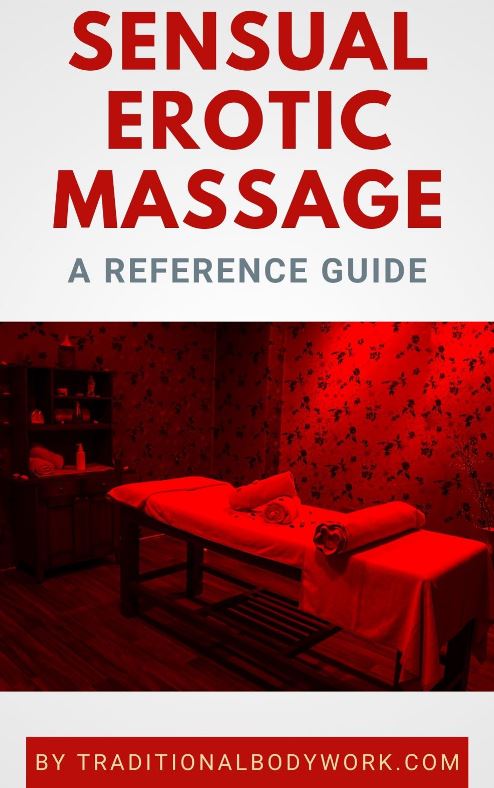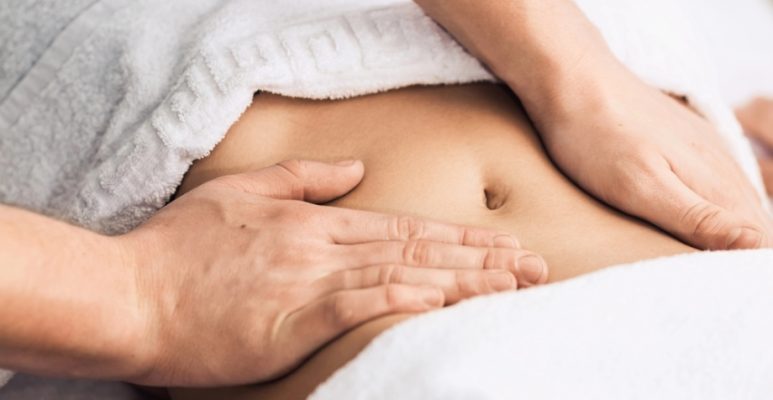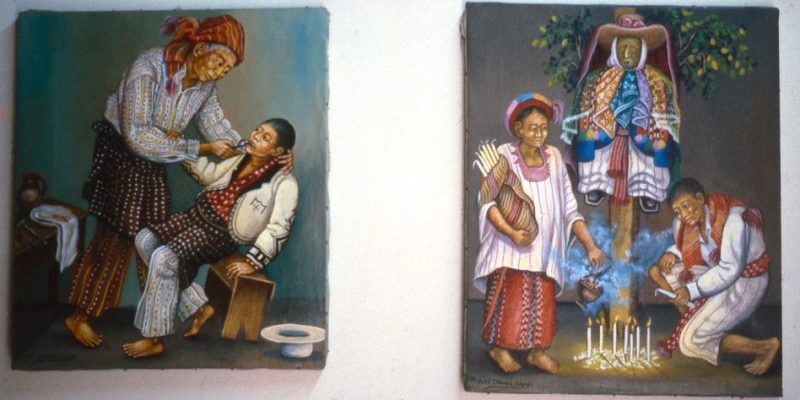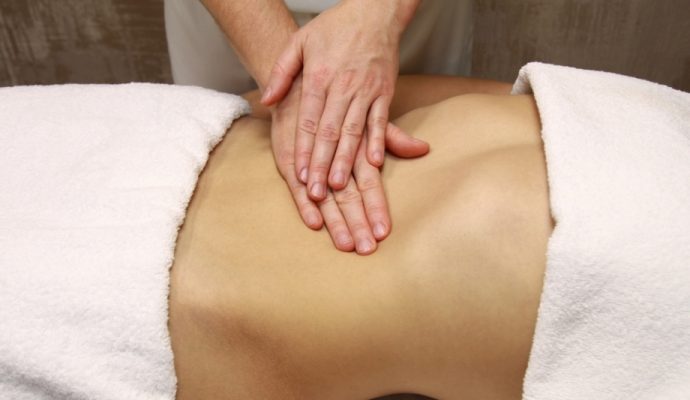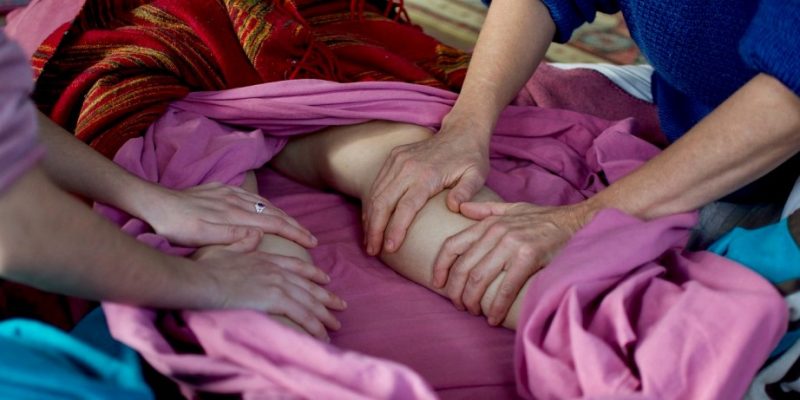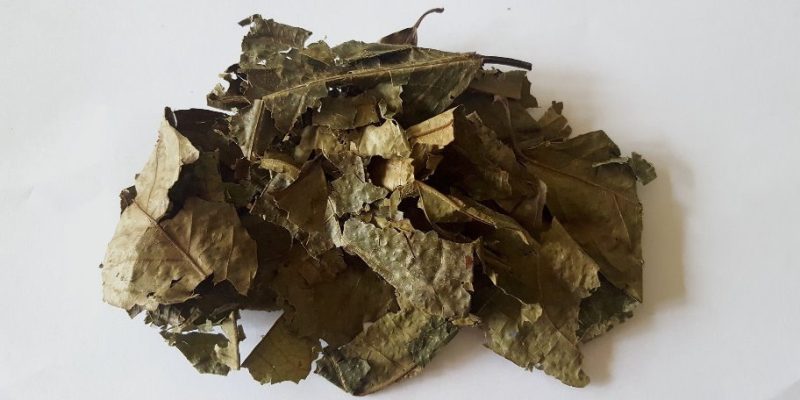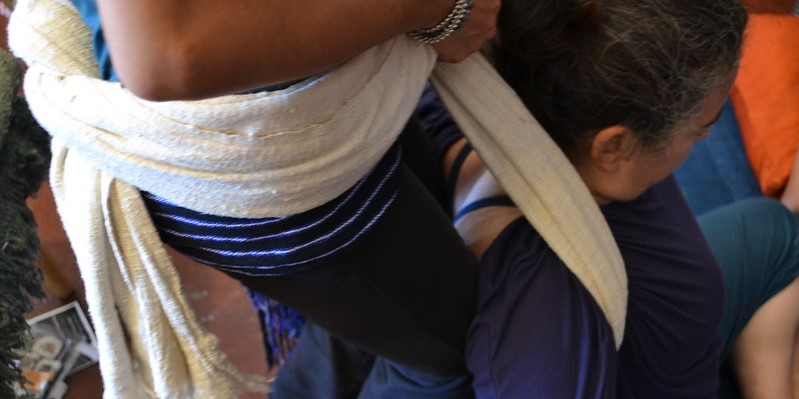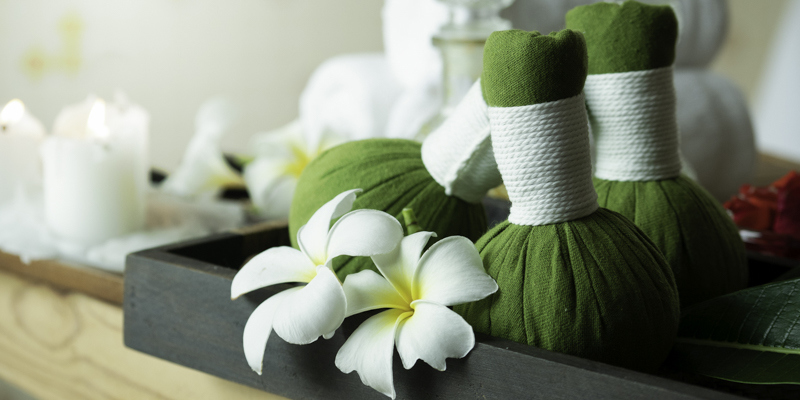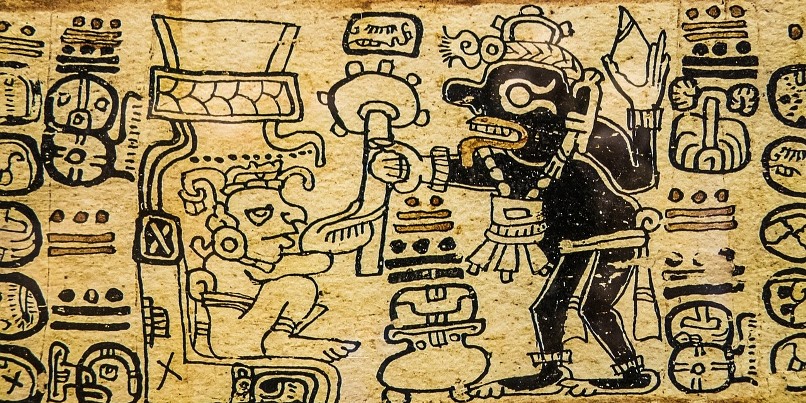
The Sobada is a traditional therapeutic massage modality — part of Curanderismo healing practices — that was developed in the Mesoamerican region (a historical and cultural region stretching from central Mexico through Belize, Guatemala, El Salvador, Honduras, Nicaragua, and Northern Costa Rica). The word Sobada is derived from the Spanish verb sobar, which means “to knead.”
Perhaps one of the best known Sobada massage modalities is the Mayan Abdominal Massage as known from Belize and popularized by Dr. Rosita Arvigo, but the Sobada is much more than only an Abdominal Massage or Fertility Massage.
Traditionally, a Sobada Massage is applied by a so-called Sobador or Curandero (traditional folk healer) who are practitioners that heal individuals through specialized knowledge of herbs, massage, bone setting, counseling, spirituality, and midwifery. By the way, some Sobadores are also Hueseros (hueso means bone), that is, bonesetters.

The Sobada Massage is generally categorized into two distinct modalities: one modality is applied in the prenatal (pregnancy) period, typically performed by a traditional midwife, and another modality which is primarily an internal organ abdominal massage (applicable for men, women, and children) that helps reposition and correctly align internal organs or other parts of the body.
The prenatal Sobada is applied by a traditional midwife who follows and supports a pregnant woman during her pregnancy, delivery and in the postnatal period. In each stage, the midwife will give appropriate massages, as needed. Body parts massaged are typically the abdomen, back and legs to alleviate back problems or generally to relax the muscles, to position or “lift” the uterus in a better position, or turn the baby in the correct position for a successful labor.
In general one could say that the Sobada makes the delivery process easier, alleviates physical discomforts during pregnancy, and provides emotional support for the mother-to-be. If the baby is positioned awkwardly in the uterus, it’s thought to be beneficial to reposition it to give more comfort to the baby and ease actual childbirth (delivery).
The second application of Sobada is used to manipulate the internal organs, and this treatment is an actual Abdominal Massage. It’s applied for men, women, and children — for many health issues — such as digestive problems, musculoskeletal pains, fertility issues, genital disorders, emotional and spiritual problems, and what not.
In any case, a Sobada treatment comes down to stimulating blood and lymph circulation, releasing knots, tangles, tensions and adhesions, and realigning and repositioning internal organs in their proper place to maintain or regain health. Sometimes a temporary wrap or bandage (faja or Rebozo) is put around the abdomen “to keep the organs in place.”
If the Sobador thinks it’s needed, the treatment can be extended to other parts of the body also, such as the neck, arm, legs and head, making it a complete full body massage.
The Sobada is typically carried out with the receiver lying on the floor, on a blanket, or mat. The Sobador may use herbal packs, herbal oils, creams or gels to aid the massage or to supply additional benefits to the treatment.





